‘National Equine Defence League’ Badge circa 1910
Horse Year 2014
It begins on Jan. 31, 2014 and ends on Feb. 18, 2015.
The fortunate colors are green, brown and yellow.
We wish you a happy & fulfilling year!
The Shēngxiào (Chinese: 生肖, literally “birth likeness”), also known in English as the Chinese zodiac (“zodiac” derives from the similar concept in Western Astrology and means “circle of animals”), is a scheme and systematic plan of future action, that relates each year to an animal and its reputed attributes, according to a 12-year cycle. It remains popular in several East Asian countries, such as China, Vietnam, Korea and Japan.
The most common Chinese ways of saying Happy New Year are Gong Xi Fa Cai (Mandarin) and Gong Hey Fat Choy (Cantonese). Even though the pronunciations are a little different, both are written the same way.
Traditional Chinese: 恭禧發財; Simplified: 恭禧发财.
In Vietnamese the traditional greetings are “chúc mừng năm mới“ (Happy New Year) and “cung chúc tân xuân“ (gracious wishes of the new spring). People also wish each other prosperity and luck.
In Korean –
새해 복 많이 받으세요.
Sae Hae Bok Mani Ba Deu Se Yo.
The literal translation means,
새해 Saehae means “New Year”
복 Bok means “Luck”
많이 Mani means “a lot” or “many”
받으세요 Badeuseyo means “please receive”
So, the literal translation means “Please receive a lot of luck in New Year”.
In Japanese – a glorious selection!
1) kotoshi mo yoroshiku o-negai-shimasu (今年もよろしくお願いします?) (I hope for your favour again in the coming year)
2) (shinnen) akemashite o-medetō-gozaimasu ((新年)あけましておめでとうございます?) (Happiness to you on the dawn [of a New Year])
3) kinga shinnen (謹賀新年?) (Happy New Year)
Here is a table of Horse Years
| Start Date | End Date | Heavenly Branch |
|---|---|---|
| 25 January 1906 | 12 February 1907 | Fire Horse |
| 11 February 1918 | 31 January 1919 | Earth Horse |
| 30 January 1930 | 16 February 1931 | Metal Horse |
| 15 February 1942 | 4 February 1943 | Water Horse |
| 3 February 1954 | 23 February 1955 | Wood Horse |
| 21 January 1966 | 8 February 1967 | Fire Horse |
| 7 February 1978 | 27 January 1979 | Earth Horse |
| 27 January 1990 | 14 February 1991 | Metal Horse |
| 12 February 2002 | 31 January 2003 | Water Horse |
| 31 January 2014 | 18 February 2015 | Wood Horse |
| 17 February 2026 | 5 February 2027 | Fire Horse |
| 4 February 2038 | 23 January 2039 | Earth Horse |
……so we decided to share some of our favorite horse related items in the Ernest Bell Library.
Ernest Bell was directly involved in each of these groups. Some he funded. Others he actively publicized.
Some of the horses pictured were ‘working’ for humans – all were being cared for.
1) The National Equine Defence League (formerly – The Pit Ponies’ Protection Society) – “In 1909, Francis Cox formed an organisation which would campaign to improve the lives of working horses, and save them from abuse and harm. During his lifetime, the league achieved many of its early aims, with the introduction of legislation to protect horses, and the formation of a Royal Commission to examine the working conditions of pit ponies.” Some of the team members – Francis A. Cox, Jerome K. Jerome, Mrs K. Matthew, Ernest Bell, Alfred Brisco, Miss Janet Graham – now running as – Animals’ Refuge.
2) Friends of Bristol Horses Society, Home of Rest for Horses, Bristol – now – The Horse Trust – founded in 1886 – read about their history – actively supported in Ernest Bell’s Animals’ Friend magazines.
3) Our Dumb Friends’ League – founded in 1897 – now ‘Blue Cross’. In 1912, the league started its “Blue Cross Fund” during the Balkan War to assist animals affected by war. This fund went towards assisting animals affected by conflict including in the first and second world wars. Actively supported in Ernest Bell’s Animals’ Friend magazines & by the London Vegetarian Society. The Drivers’ & Horsekeepers’ Branch – was founded circa 1906.
4) All-Ireland Donkey Protection Society – no longer in existence – actively supported in Ernest Bell’s Animal Friend magazines.
5) People’s Dispensary for Sick Animals of the Poor – Maria Dickin, founder of PDSA, opened her free ‘dispensary’ for sick and injured animals in a Whitechapel basement on Saturday 17 November 1917 while the world was still in the grip of the First World War.
‘Mat’ – a retired pit pony – ‘The National Equine (and Smaller Animals) Defence League’ – circa 1930
.
‘Winston’ – another retired pit pony – ‘Friends of Bristol Horses Society, Home of Rest for Horses’ – circa 1935
.
‘Our Dumb Friends’ League Drivers’ & Horsekeepers’ Branch’ Badge circa 1910
Quoting – John Ruskin (1819 – 1900) – “He who is not actively kind is cruel.”
‘Our Dumb Friends’ League Drivers’ & Horsekeepers’ Branch’ Badge circa 1910 – reverse
.
A Trace Horse at Work
In 1905, the trace horse scheme was set up and some nine heavyweight horses stationed, with their attendants, at the base of London’s steepest hills. Their job was to help smaller, weaker animals pull their loads to the top.
Some became local celebrities. Wimbledon Jack climbed Wimbledon Hill for nearly 20 years before his death in 1939, and a report of the time describes how he was regularly visited by the district’s children “as though he were a half-holiday outing”.
The charity also provided free oatmeal and water to working equines at three bases in the city, and ran up to 16 horse ambulances, attending animals which had collapsed in the street or were involved in road accidents – an increasing occurrence as motorists took to the roads.
Jack – the ‘Our Dumb Friends’ League’ Wimbledon Hill Trace Horse – at the foot of Wimbledon Hill – circa 1910
Jack (another) – the “Our Dumb Friends’ League” Wimbledon Hill Trace Horse – at the top of Wimbledon Hill – circa 1906
~ You can’t imagine Wimbledon Hill without cars but I remember when there were many cycles – and Jack the trace horse. He charged 4d for pulling coal carts and other heavy loads up the hill. He just tugged away at the front. He lived in a hut at the bottom of the hill. At the top of the hill he would refresh himself at the trough and then come down again. There were different horses but they were always called Jack, even if a mare. I remember a white horse replaced him at holiday time. He was always spick and span with his brass polished. A great favourite. ~ – Kenneth Young
.
WWI wounded & shell-shocked horses recuperating in France with the ‘Blue Cross Fund’ of ‘Our Dumb Friends’ League’ – circa 1916
.
WWI wounded horses receiving treatment from the ‘Blue Cross Fund’ of ‘Our Dumb Friends’ League’ in France circa 1917
.
This badge was presented by the ‘Blue Cross Fund’ of ‘Our Dumb Friends’ League’ to the horses which served throughout the First World War & had returned to the UK.
The badge is marked, “Treat me well. I have done my bit” – circa 1919
Reverse
.
‘Prayer of a Horse’ – circa 1915 card – printed by the All-Ireland Donkey Protection Society
‘A Donkey’s Petition to His Master’ – circa 1915 card – printed by the All Ireland Donkey Protection Society
.
P. D. S. A. badge – hand ‘painted’ – then fired – vitreous enamel on brass.
Our guess is circa 1930.
…………………………………………………………………………………………………………….
How do we secure these items?
The Ernest Bell Library is in touch with more than 300 specialist dealers around the world.
……so we have at least 300 pairs of eyes continuously looking for examples of quirky ephemeral material such as these!
Books & metal items often survive fairly well.
Magazines, posters, booklets & leaflets rarely survive.
The Ernest Bell Library is actively building a collection of examples of marketing activities related to: –
- veg(etari)an products.
- veg(etari)an books & other publications.
- veg(etari)an organisations.
- veg(etari)an businesses.
- animal rights organisations.
- animal rights publications.
- humanitarian organisations.
- humanitarian publications.
- rambling clubs run by members of the above groups & related publications.
Our collection of veg(etari)an & animal rights related magazines is being referenced by scholars almost every day – starting with Sylvester Graham’s Journal of Health and Longevity – Vol 1 No. 1 – 1837.
We also have a fine & growing collection of –
‘art created by humans – primarily for the benefit of animals’
– both original artwork & printed / manufactured items.
If anyone would like to help by either Adopting or Sponsoring items in the library, please be in touch.
We are working seriously on cataloging the collection, as & when funds are available.
…………………………………………………………………………………………………………….
If anyone would like a high res. scan of any of these items – just send an email to: –
humanitarianleague (at) outlook (dot) com
– or message me through HappyCow –
https://www.happycow.net/blog/author/JohnnySensible/

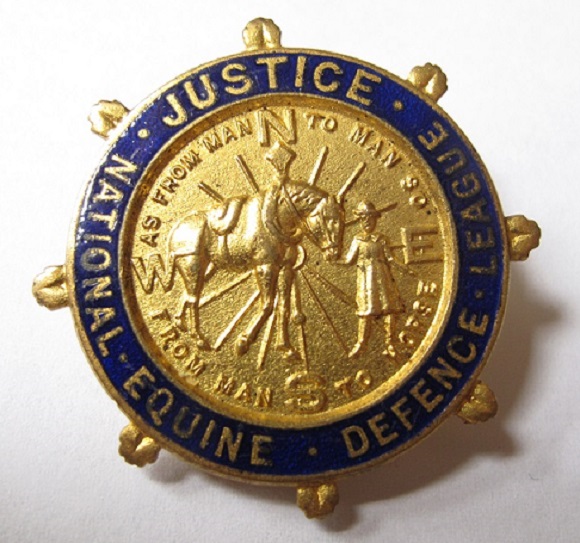
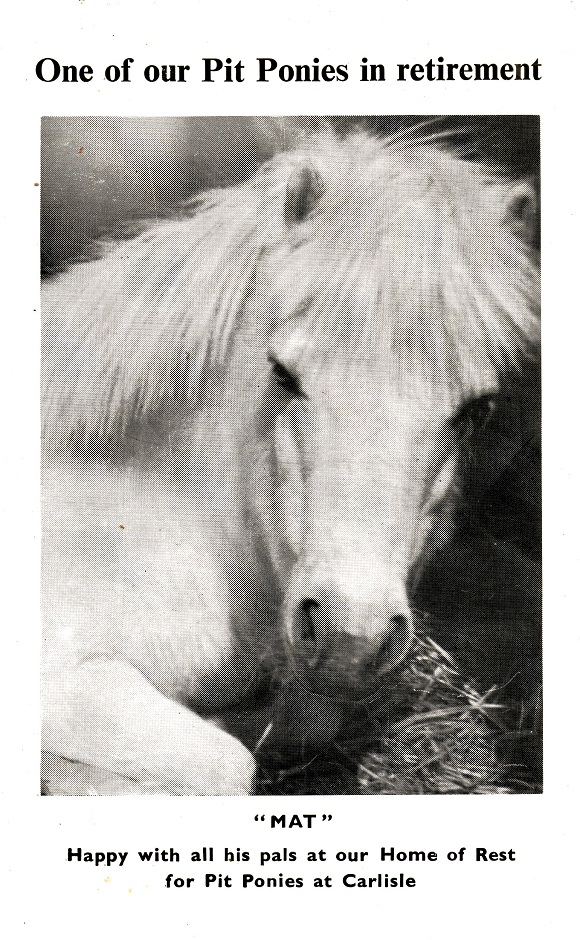
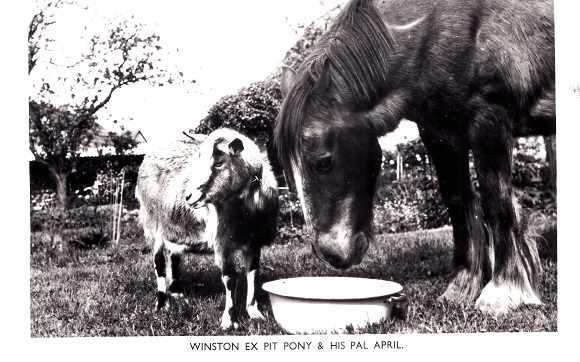
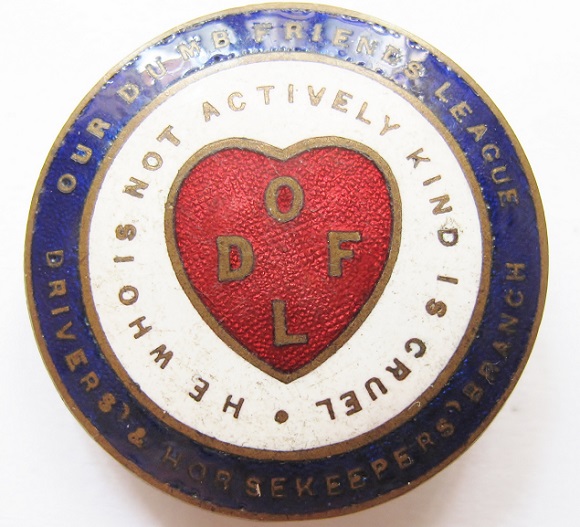
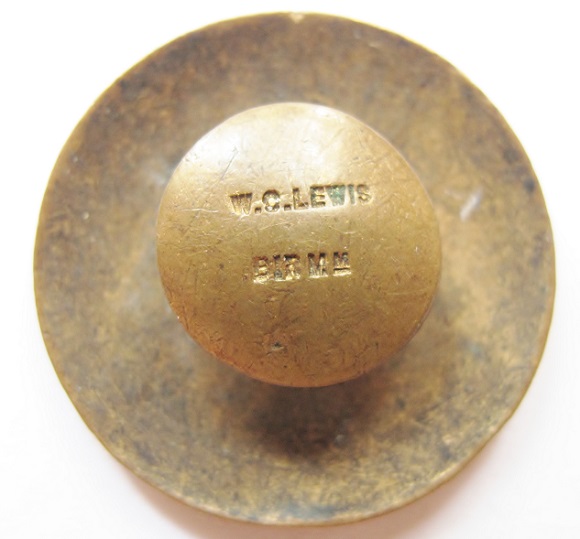
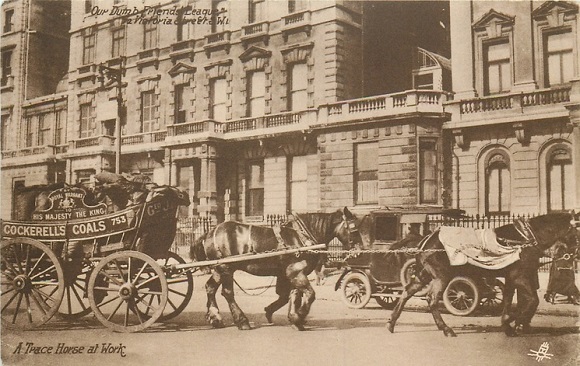
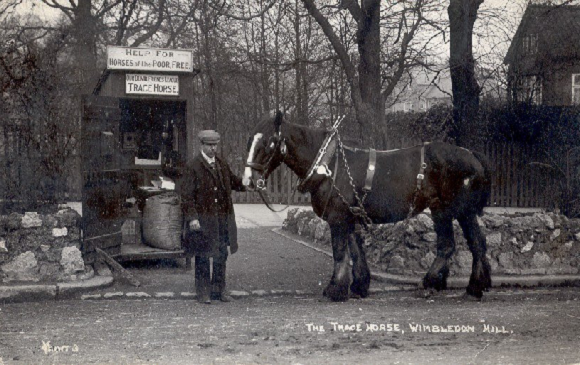
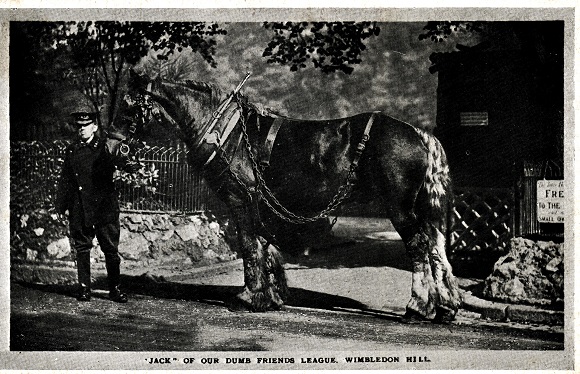
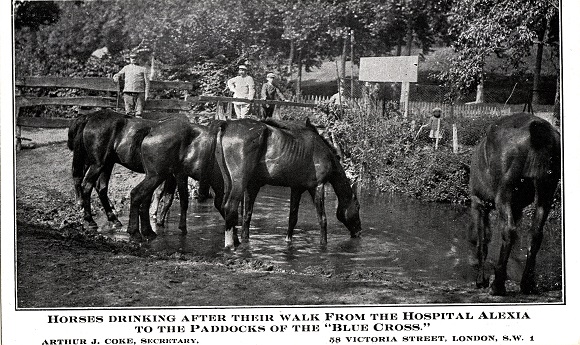
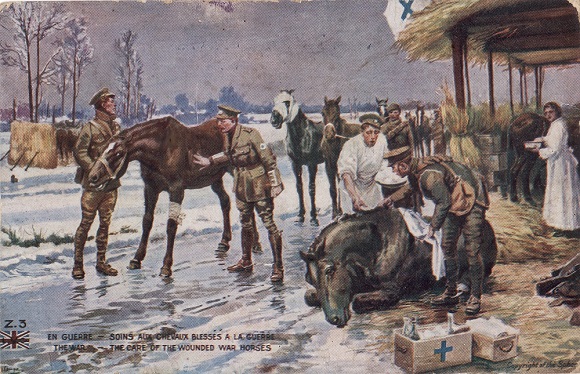
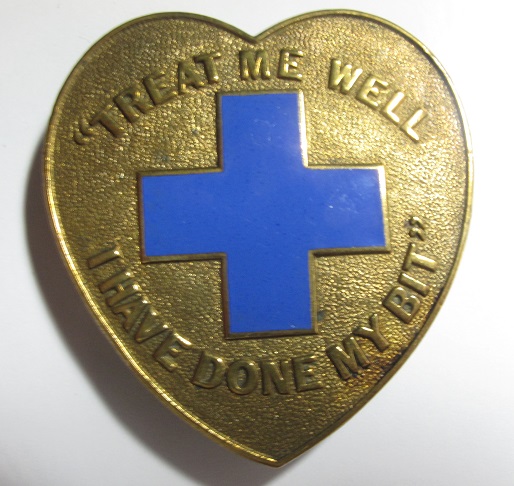
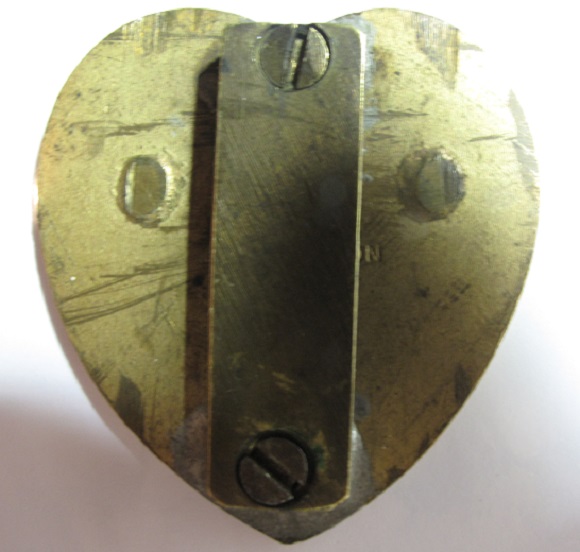
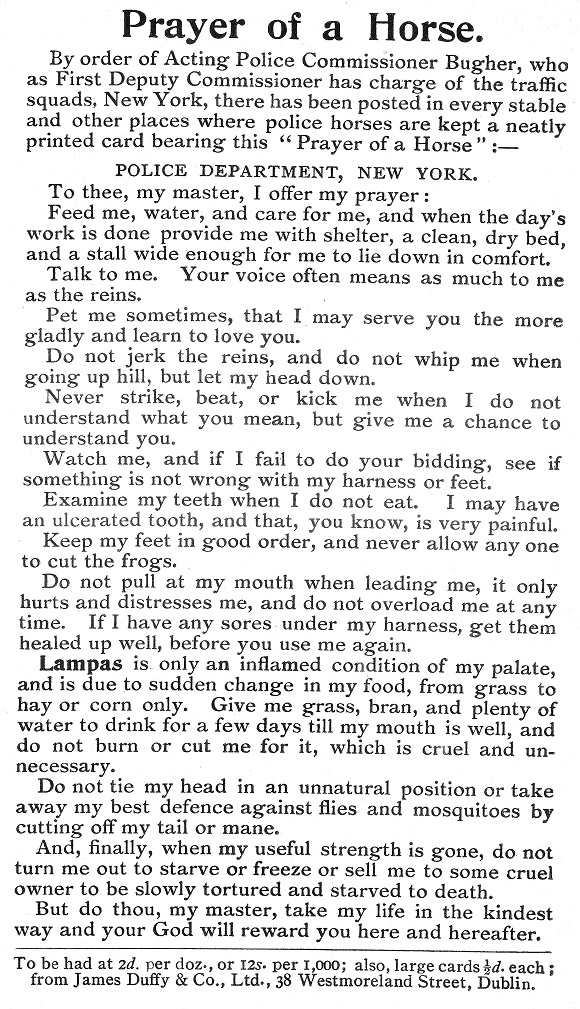
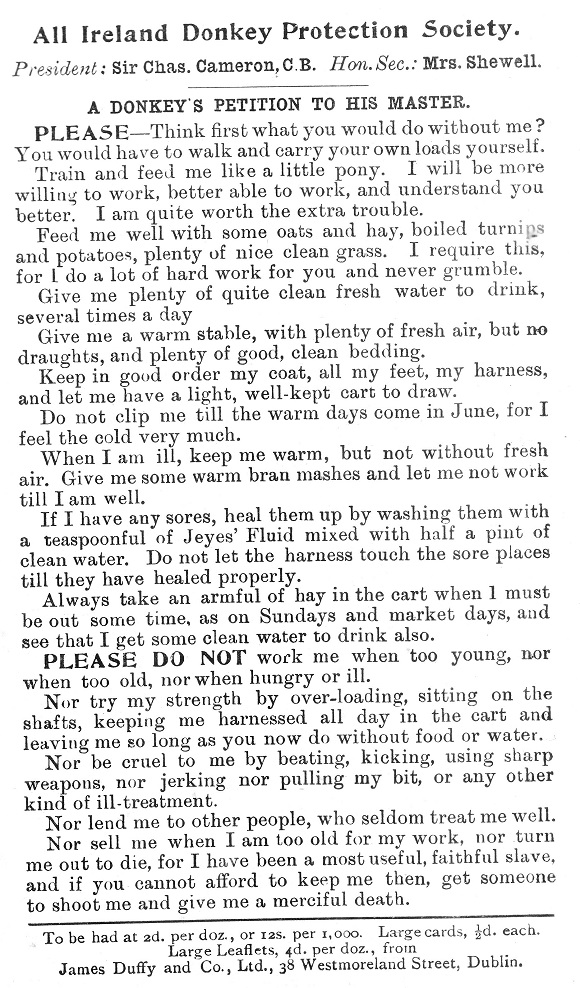
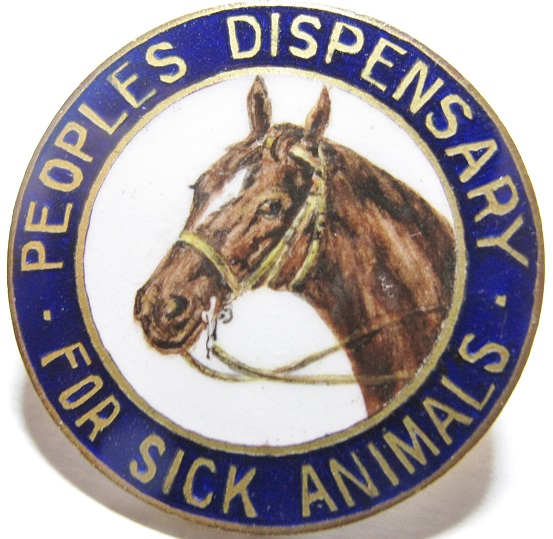
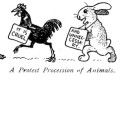
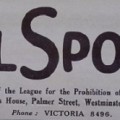
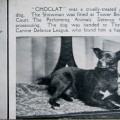
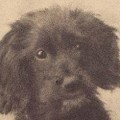
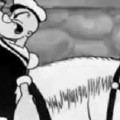
No Comments